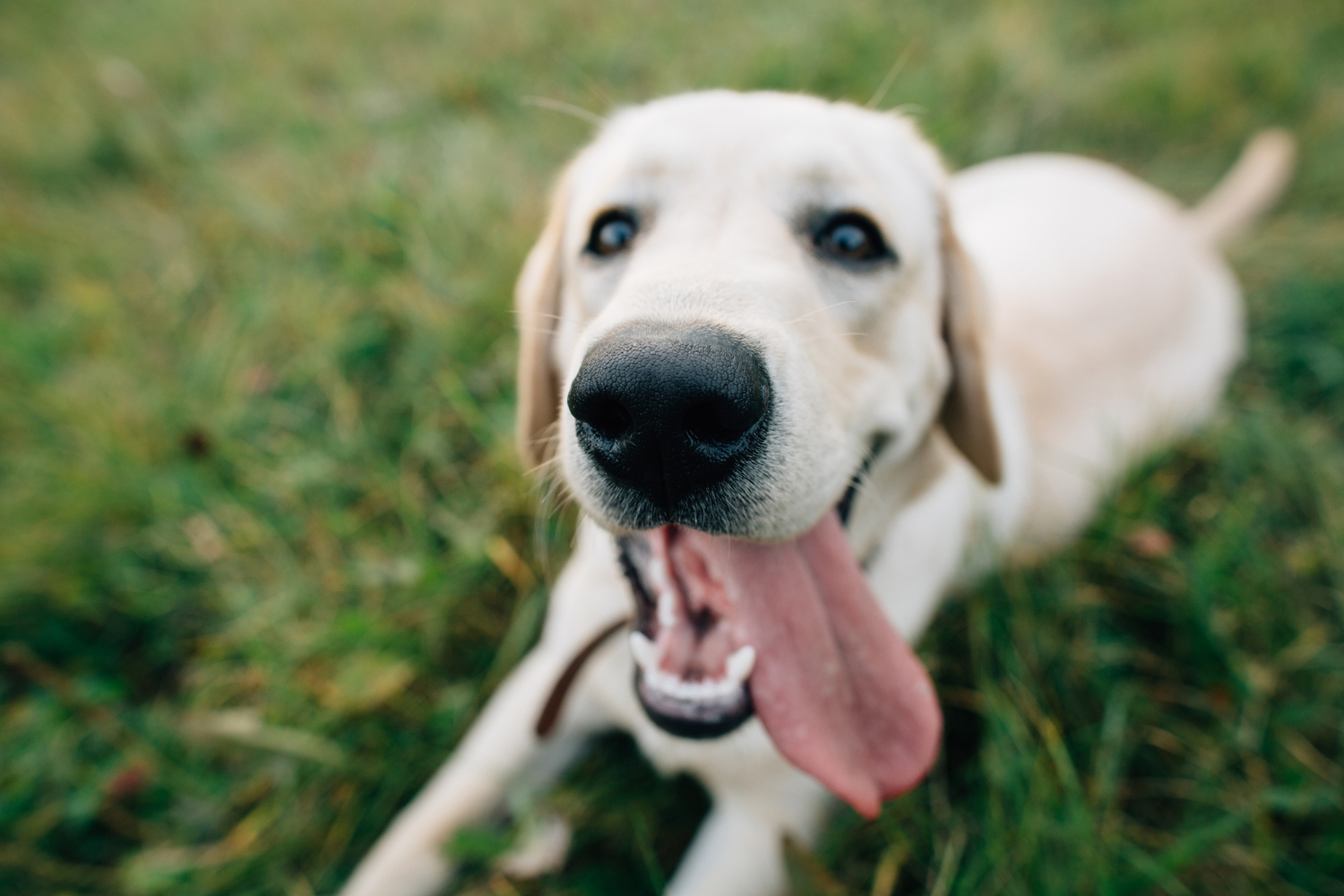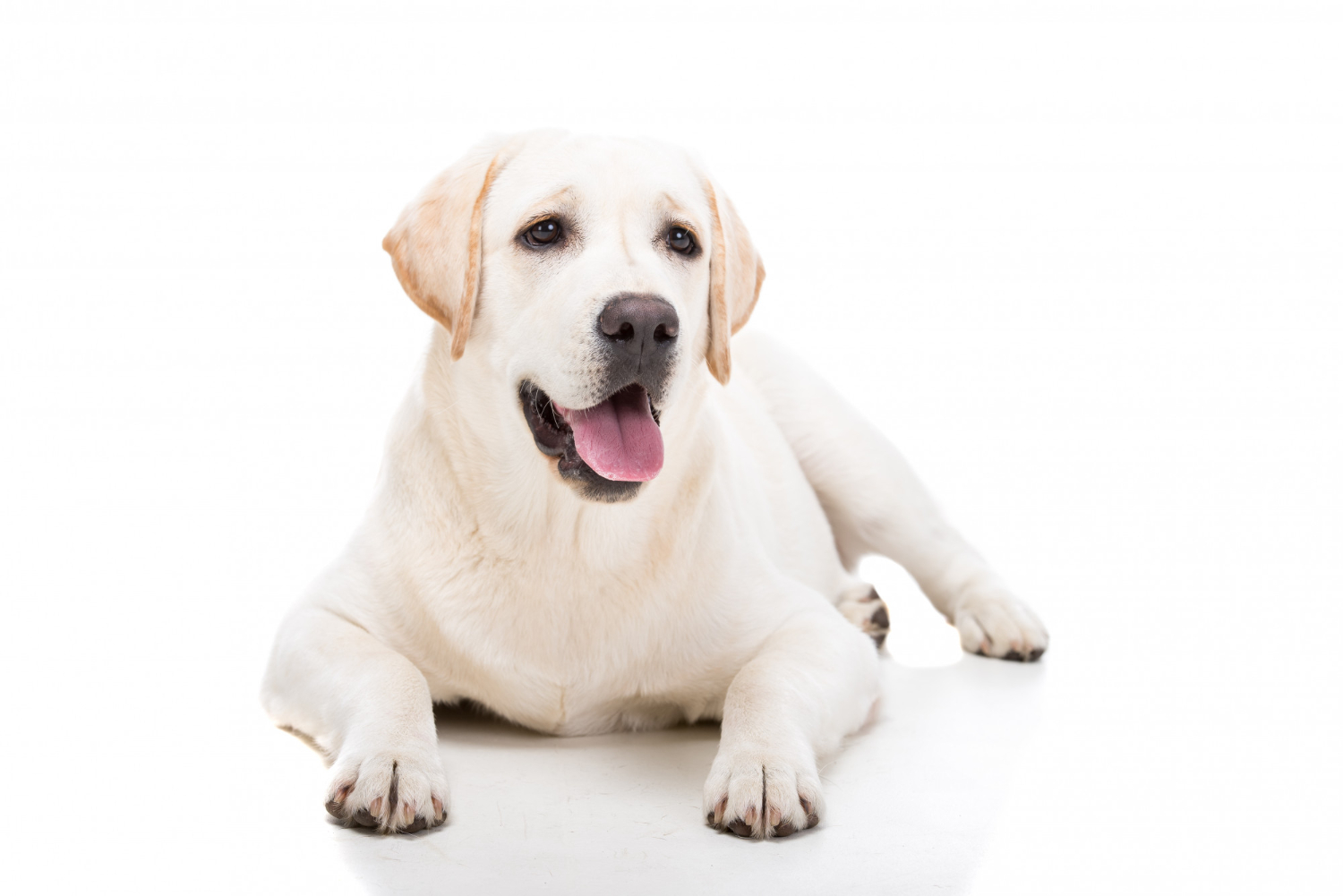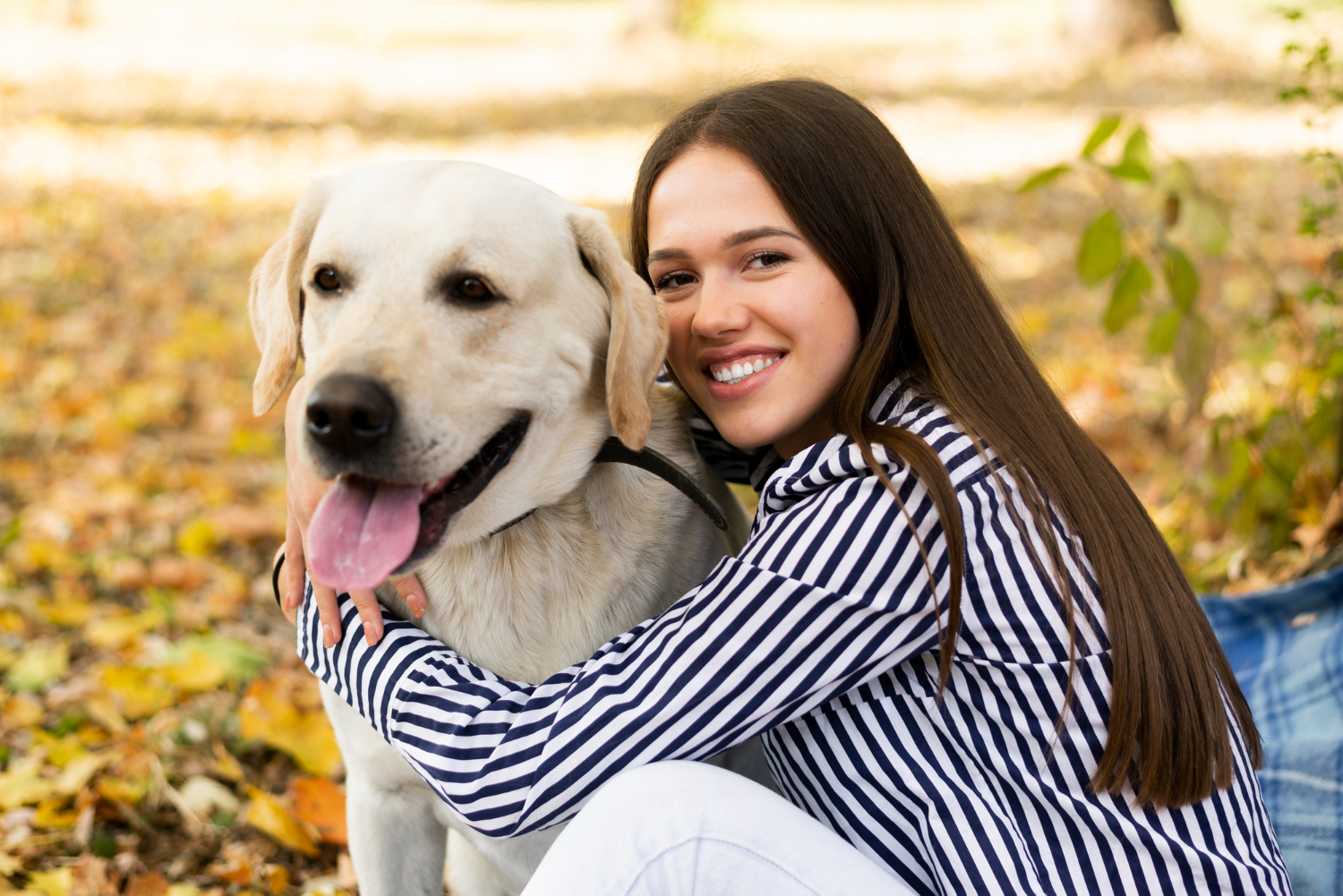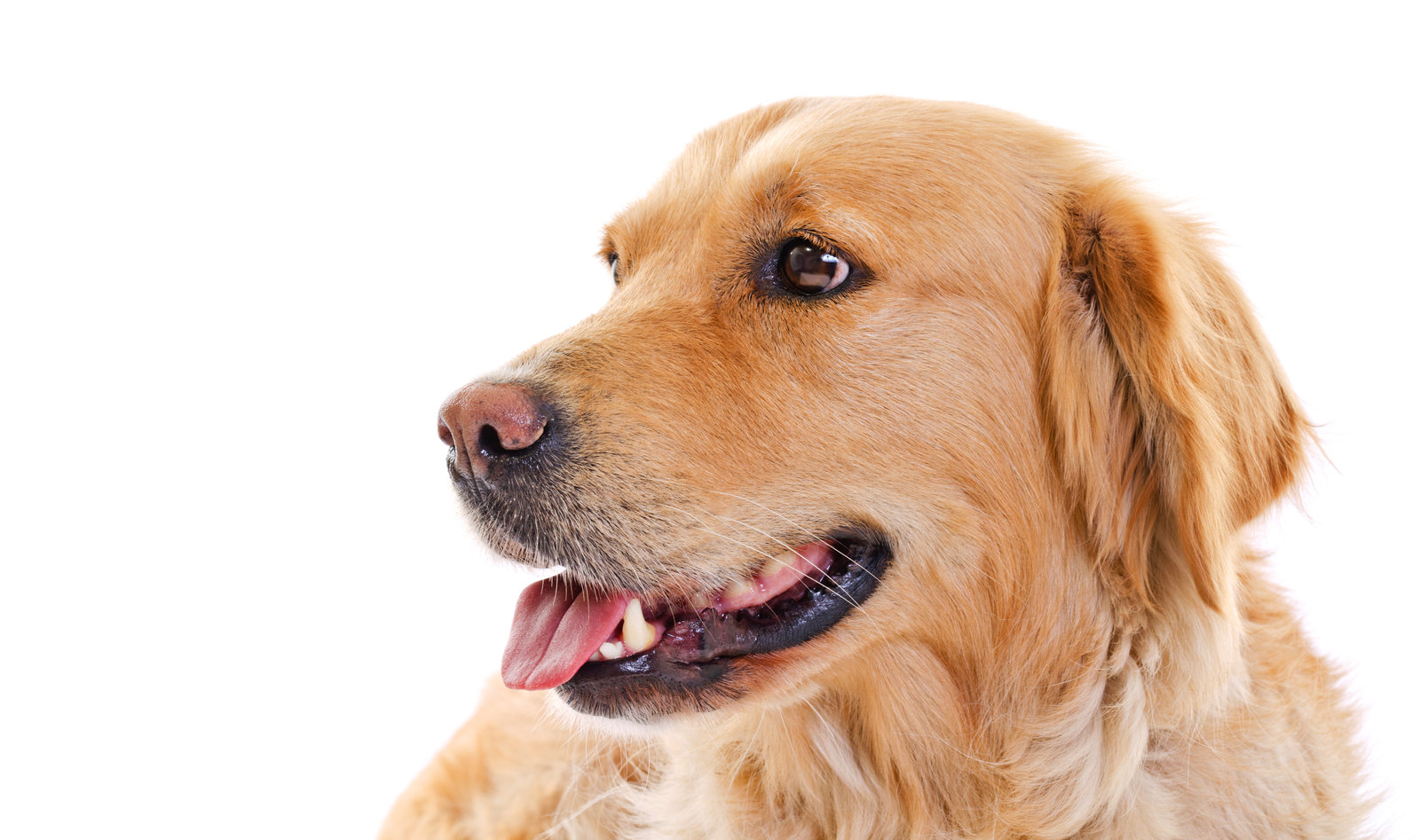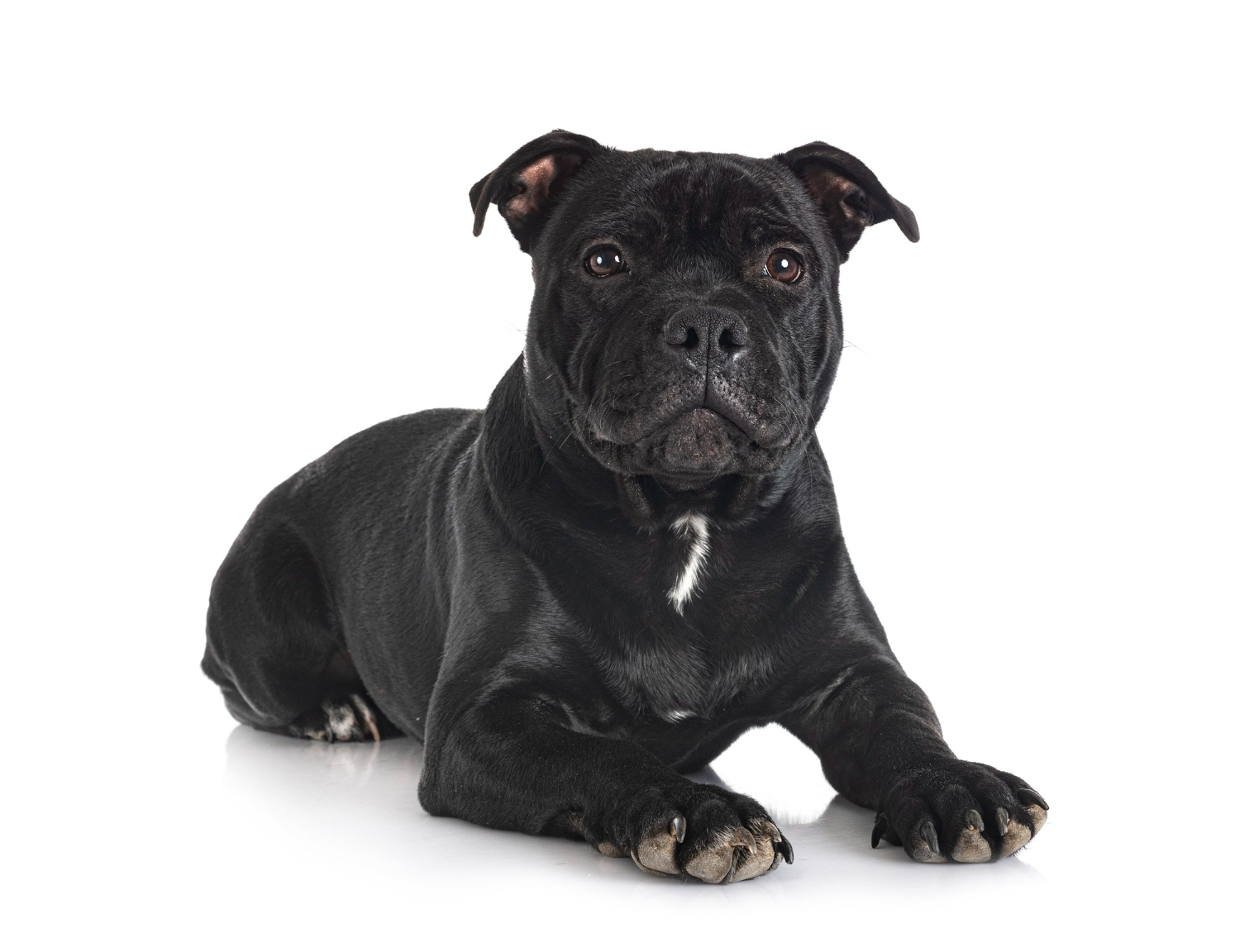When it comes to grooming your labrador puppy, the best way to learn the right habits is to start when your pup is young. Make grooming fun by brushing their teeth and making it a game. Handle their paws and ears often, and always check for redness and sores. Bath time is an excellent time to learn how to brush and trim your pup’s nails. In addition to brushing and trimming, make sure to give them exercise.
Proper portion size for a labrador puppy
To properly feed a lab puppy, you must follow proper feeding guidelines. Labs need three to four meals a day, but this amount can vary based on their individual metabolism and activity levels. Lab puppies should eat no more than three to four cups of dog food a day. A lab puppy should eat between two to three cups of food a day, but you should avoid overfeeding them.
While Labrador puppies love to eat, they are notoriously greedy. Their faulty genes cause them to constantly feel hungry, so they need to be given a reasonable portion size. As such, feeding a puppy is as demanding as feeding a human baby. If you’re worried that your puppy is not getting enough food, check with your veterinarian for guidance. If your puppy refuses to eat, that could mean there’s something wrong.
For optimal nutrition, you should always weigh your puppy on a regular basis to assess its weight. You should also consult with your veterinarian to determine if your puppy is underweight or too fat. If your puppy is too thin, it could cause many health problems, including orthopedic problems, heart disease, and diabetes. It could also cause general lethargy. Your puppy’s weight will grow too fast if you don’t pay attention to it.
For optimal growth, lab puppies should weigh around twenty pounds at ten weeks. By 18 to 20 weeks, they should be at half of their adult weight. A stronger lab will grow faster than a weaker one. To determine the correct portion size, you can use your puppy’s waist circumference and rib cage as indicators. For better results, you should adjust the amount fed at mealtime. The amount of treats that you give your puppy at mealtime should not be excessive or too small.
Brushing teeth
In the early days of your puppy’s life, you should be gentle and patient when brushing its teeth. Your pup may flinch or show signs of fear, so try to start slow and work up to a full-on brushing routine. Then, use treats to encourage your puppy to cooperate and look forward to the process. When the time comes to start brushing your puppy’s teeth, reward him with a treat and a fuss.
The first step is to introduce a toothbrush and toothpaste. Use a pet-friendly toothpaste and avoid human toothpaste, which often contains ingredients intended to be spat out. If your pup is not comfortable with a toothbrush or toothpaste, try a child-sized toothbrush. Make sure to use a small handle to avoid any choking hazards. Once your puppy is comfortable with the toothbrush and toothpaste, you can slowly introduce the other products.
After you introduce a toothbrush, brush the outside of your dog’s teeth first. The outside of your dog’s teeth tend to accumulate plaque, so start with this part. Don’t worry if you miss a few teeth. It should accept it without complaining. Eventually, your puppy will look forward to getting its teeth brushed. And don’t forget to praise and reward your dog every time he accepts the toothbrush.
If your pet is reluctant to accept your brushing efforts, make sure you’re enthusiastic about the process. Try to use a small pea-sized amount of toothpaste and let them lick it. Once they’ve mastered the brushing routine, praise them and give them a treat. Your dog will most likely look forward to brushing their teeth if you reward them for it. Ultimately, brushing their teeth is an essential part of keeping your pet healthy and happy.
Trimming nails
As a new pet owner, it can be intimidating to trim a puppy’s nails, but a little patience will go a long way. Your puppy will learn to accept the process of nail trimming in about a week. To make it more comfortable, use safe clippers or grinders, and be sure to hold the puppy’s paws frequently. Be careful to avoid making your puppy feel too uncomfortable or even scared, though.
If you’ve never clipped a Labrador puppy’s nails before, it’s important to know what to look for. If they’re dark, it may be difficult to see the quick. Make several small cuts and look closely at each one. If you see a light color, the nail is the quick. If you’re cutting too close, stop. Otherwise, you’ll risk leaving jagged edges.
When clipping Fido’s nails, be sure to avoid the quick. The quick is the center portion of a dog nail that contains nerves and blood vessels. By clipping too close to the quick, you can cause pain and bleeding. If you’re unsure, it’s best to leave the nail longer and consult your veterinarian. Then, you’ll know whether or not it’s a healthy length.
As your puppy gets older, you’ll have to cut the nail longer. A puppy’s dewclaws, or paw pads, need trimming on a regular basis. These don’t receive as much action as the other parts of the body, so you have to pay special attention to them. Long dewclaws are prone to ingrown or snagged nails, which can hurt your puppy.
Exercise
You may wonder how to exercise a Labrador puppy. Well, Labradors are high-energy breeds. Their breed characteristics make them excellent water dogs, so it makes sense to exercise them in the water. Water is a great place for this type of exercise because they get a full-body workout, burn energy and cool down. Plus, Labs love to play in the water, so swimming is a great activity for them.
To get your puppy moving, try to include a variety of activities in your exercise plan. For example, a dog’s exercise should include playing fetch, jogging, and swimming. Depending on how active your puppy is, you may want to divide his exercise sessions into morning and evening periods. Be sure to observe your pup as he walks, and stop him if he seems tired or panting heavily.
If you don’t have time to walk your puppy, you can use a playpen or your home as a place to exercise. Playtime will exhaust puppy energy, so it is important to find a place for them to go and play. Puppies also need 45 minutes to an hour of physical activity every day. But if you can’t spare the time to exercise your puppy, you may want to consider hiring a professional.
For most Labrador puppies, structured exercise should begin at around three months of age. Initially, you should incorporate the five minute rule exercise routine to burn off excess energy and avoid developmental problems. You can continue this exercise routine until your puppy reaches one year. Then, you can add in extra exercise sessions for your Lab. Depending on the age and health of your Labrador puppy, you may need to increase or decrease the amount of exercise your pup gets.
Grooming
Before bathing your Labrador, you’ll need to decide where in your home to give him a bath. While a bathtub or shower are ideal, it might be more convenient to bathe your puppy outdoors in a secure yard. Alternatively, you can bring your puppy to a dog grooming center or pet store. There, you can pay to wash your pup’s coat and avoid the hassle of washing it yourself.
After bathing your puppy, you’ll need to groom him thoroughly. Start by brushing the coat. A good massage will loosen up any dead hair and tangles that may have formed. Bathing your Lab too often can dry out the skin and lay the groundwork for skin problems. Also, keep in mind that your Labrador puppy has an oily coat, so constant bathing can be harmful.
A healthy Labrador is clean and well-groomed, and regular grooming sessions will help them develop the necessary grooming habits as adults. While early sessions should be short and focused on one area of the body, it is important to keep it brief. As your puppy grows, you can extend the length of time between grooming sessions. If you don’t have time to groom your Labrador regularly, consider using a de-shedding shampoo.
To trim the nails, you’ll need to learn to hold your puppy’s paws and gently squeeze them. You should try to make the Lab enjoy having its nails touched. If you’re not comfortable trimming the nails, try training your puppy by gently holding one of its paws and clipping it on a slight angle. When clipping the nails, always remember to take small pieces of the nail at a time.
Equally interesting…


